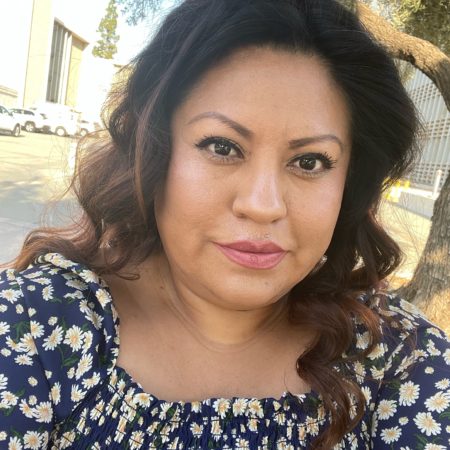SEIU California
For Immediate Release
September 28, 2012
Contact: Michael Cox, 916-799-6784
Gov. Brown Signs Retirement Savings Bill
SB1234 gives millions access to a voluntary retirement plan
SACRAMENTO, CA — Gov. Jerry Brown helped California today take a bold step in the fight against elder poverty by signing a bill to provide private sector workers an opportunity to enroll in the California Secure Choice Retirement Savings Program, a voluntary retirement plan with guaranteed benefits.
SB1234, co-authored by Sens. Kevin DeLeón and Darrell Steinberg, establishes California as a leader among states in creating new retirement plans for private-sector workers.
Secure Choice acts as a supplement to Social Security for low- and middle-income workers without access to an employer-sponsored retirement plan. This affordable plan would be professionally managed and portable so workers could take their retirement savings from job to job.
The lack of sufficient retirement savings poses a significant threat to the state’s already strained safety net programs and exacerbates the state’s high unemployment rate as seniors are forced to work longer, leaving fewer jobs available for younger workers trying to enter the workforce.
“California workers without access to an employer-sponsored retirement plan need a seamless, lifelong savings system so that they may have a chance to build retirement security for themselves, at no cost to taxpayers,” said Rachel Grocha-Welch, a forensic chemist in Santa Clara County. “We applaud California’s lawmakers exploring a visionary path to help bring retirement security for all.”
Additional California retirement facts:
- 6.3 million Californians working in the private sector do not have access to employer-sponsored retirement plans. (University of California, Berkeley, Center for Labor Research and Education)
- Nearly 50 percent of middle-income California workers will retire at or near poverty.
# # #
SEIU local unions in California are made up of over 700,000 health care workers, janitors, social workers, nurses, security officers, in-home caregivers, school and university employees, court workers, and city, county and state employees.



